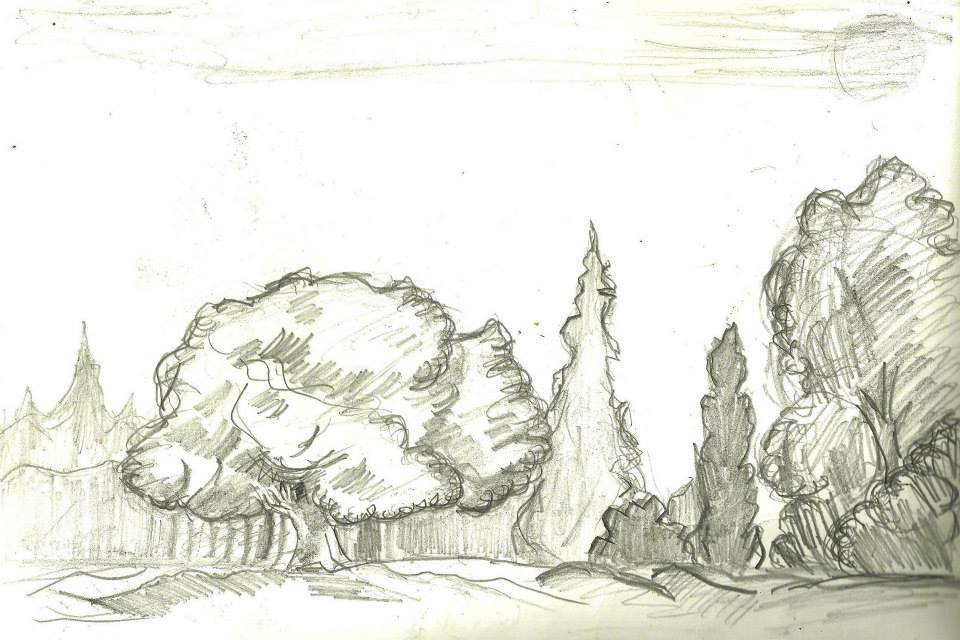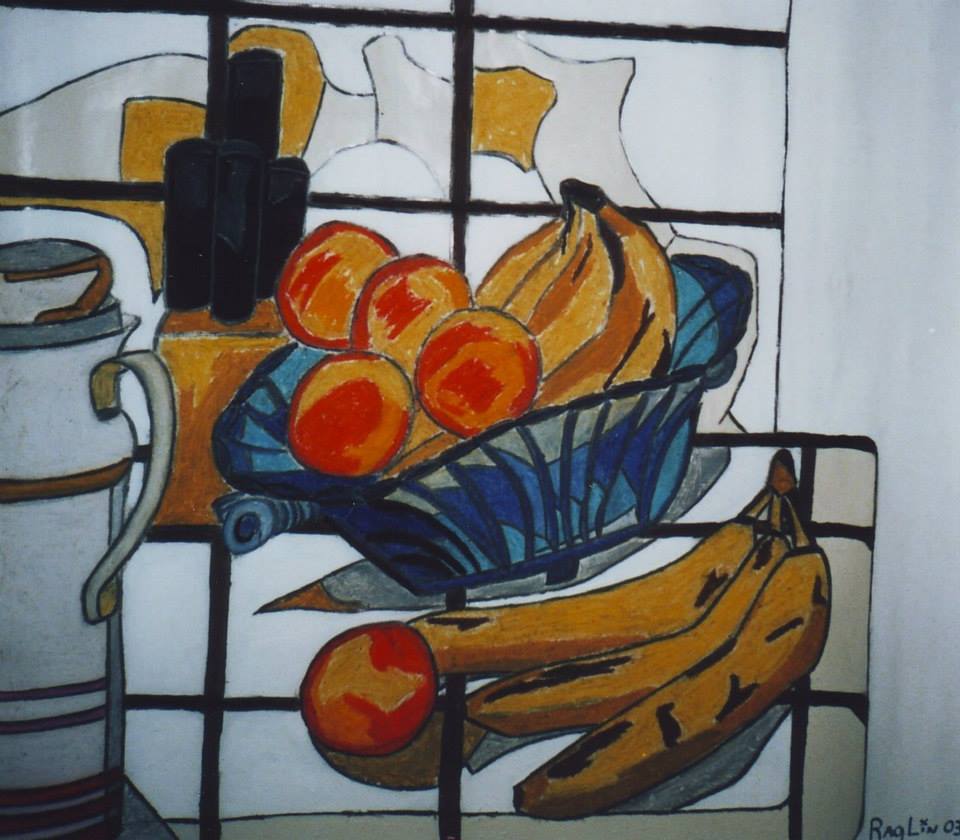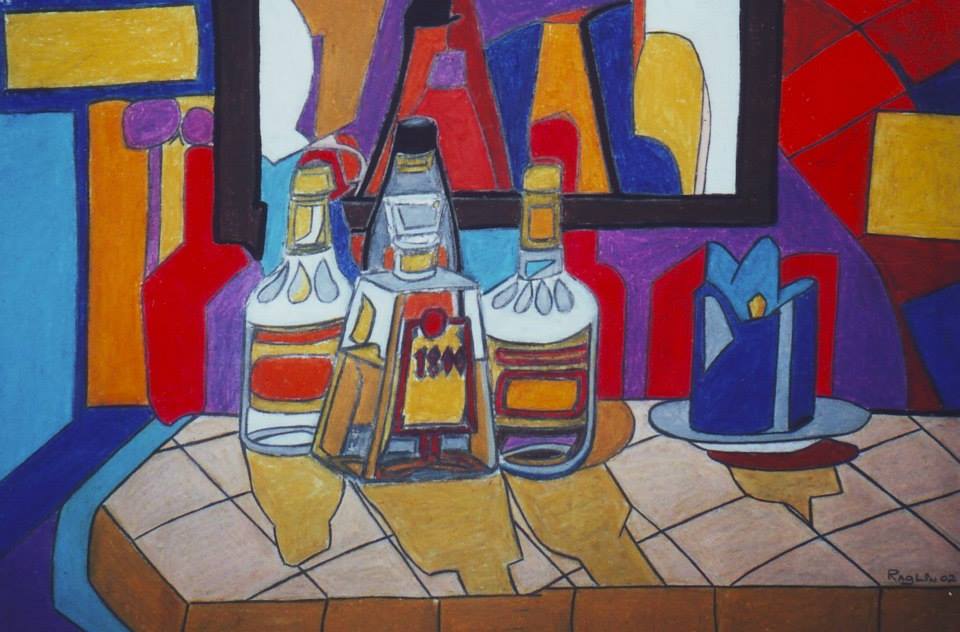The debate over whether painting and drawing are superior forms of artistic expression has been ongoing for centuries. While both are fundamental to art, each has unique characteristics, techniques, and purposes. Determining which is better largely depends on personal preference, artistic goals, and the context in which the art is created and viewed.
I originally wanted to be an architect when I was in high school and once I discovered art, I applied my drawing skills to my art. My drafting skills helped because I knew how to lay out a painting and fully capture everything that I wanted to have in my picture.

The Nature of Drawing
Drawing is often considered the foundation of visual arts. It involves creating images using lines and shades with pencils, charcoal, ink, or pastels. Drawing is usually monochromatic, although colored pencils and pastels can introduce color.
I love that I can draw anywhere and sketchbooks have been super handy in recent years because I can literally take my art ‘lab’ with me wherever I go.
There have been many months over the years that all I’ve done is draw and work with markers because with working full time along with running a business, and everything else that I do on a daily basis, I’m sometimes exhausted at the end of the day.
Advantages of Drawing:
Accessibility: Drawing materials are generally more affordable and easier to obtain, making drawing a more accessible form of art for beginners and those on a budget.
Portability: A sketchbook and a pencil are easy to carry around, allowing artists to draw anywhere and anytime.
Precision and Detail: You can draw anywhere! All you need is paper, pencil, or pen to work.
Foundation Skills: Many art educators emphasize drawing as a fundamental skill that provides a solid basis for other art forms. Mastery in drawing often translates well into different mediums, including painting.
Limitations of Drawing:
Limited Expression: While drawing can convey depth and emotion, expressing certain textures and colors can be more challenging than painting.
Time-Consuming: Achieving high detail in a drawing can be time-consuming, sometimes more so than painting.

The Nature of Painting
Painting involves applying pigment to a surface such as canvas, paper, wood, or walls, using tools like brushes, knives, or sponges. The pigments used in painting can be watercolors, oils, acrylics, or gouache.
I’m madly passionate about painting, especially creating art on canvas. I hope to grow older like Braque and Picasso with a thriving art studio and hours well spent every day creating new work.
When I started painting, I learned from an artist who stretched his on canvases. Going to the art store in San Diego was an event because there was only one really good store to buy supplies and that meant going downtown to Little Italy to buy the supplies that I needed. Now we can buy all of the art supplies that we need at a local Walmart.
Advantages of Painting:
Color and Texture: Painting offers a wide range of colors and textures, allowing for vibrant and dynamic compositions that evoke strong emotions and moods.
Versatility: Painting can produce abstract, realistic, impressionistic, and expressionistic works with various techniques and styles, offering more flexibility in artistic expression.
Depth and Dimension: Paint can create a sense of depth and three-dimensionality that is harder to achieve in drawing. Techniques like glazing and impasto add physical texture and depth to paintings.
Impact: Large-scale paintings, in particular, can have a significant visual impact, making them popular in galleries and public art installations.
Limitations of Painting:
Cost and Space: High-quality paints, brushes, and canvases can be expensive, and working with larger pieces requires more space.
Complexity and Skill: Painting often requires a deeper understanding of color theory, mixing, and various application techniques, which can be intimidating for beginners.
The only real downside of painting is that you have to set up your brushes, paints, canvases and supplies to create a new painting so on a business day I often default to drawing, working with markers or pastels instead of painting.
The reality though is that painters adapt and I learned early on how to take my supplies, canvas and a little chair with me so that I can paint even in remote locations. That’s what great artists like Cezanne once did, I hope to paint a lot more in the future because I have hundreds of paintings that I would like to create.
Conclusion: Which is Better?
Ultimately, whether painting or drawing is better cannot be definitively answered, as it is highly subjective. Each medium offers unique advantages and serves different artistic purposes.
Drawing might be the better choice for those seeking precision, detail, and a solid foundation in art. It is also more accessible and portable, making it suitable for artists at any stage of their careers. On the other hand, painting provides a broader range of expressive possibilities through color and texture, making it ideal for those looking to create impactful, vibrant works.
In practice, many artists extend themselves beyond one medium. Instead, they use drawing and painting in their creative processes, allowing them to harness each other’s strengths. Rather than debating which is better, embracing the complementary nature of painting and drawing can lead to more profound and versatile artistic expression.
I personally prefer both painting and drawing because I’ve found that both drawing and painting are very fulfilling and enable me to create new work fast.


No responses yet